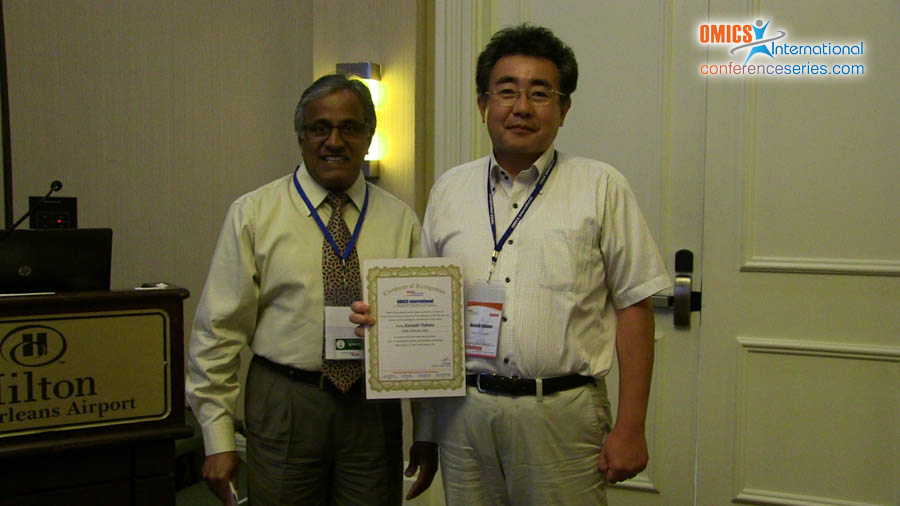
Kazuaki Nakane
Osaka University, Japan
Title: Applying a homology concept to detect regions of interest from colonic digital images
Biography
Biography: Kazuaki Nakane
Abstract
Pathological diagnosis provide important information in determining the treatment policy. Except for the developed countries, the number of pathologists is not sufficient. In such countries, they are often in large hospitals of metropolitan areas, namely, pathologists are unevenly distributed. Sufficient service to patients cannot be offered in this situation. Development of remote diagnosis and automatic diagnostic system using a network are desired. The development of digital pathological diagnosis systems have been constructed by the algorithm based on the pattern recognition technique. However, the morphology of the cancer tissue are quite complex, it is very difficult to make effective systems. A region of interest (ROI) is a part of tissue that contains important information for diagnosis. Since malignant tumors grow in the innermost layer, most ROIs will be located in the colonic mucosa and will be an accumulation of tumor cells and/ or integrated cells with distorted architecture. An area with unusual contact degree is expected to be a potential ROI. Recently, a new image analyzing method by using a homology concept for pathological digital images has been developed. Homology is a mathematical concept that can quantify the contact degree. Calculating the homology value in a unit area of the pathological image, we can determine whether the ROI by this method. To get the homology values, we need to convert the pathological images to the binarized one which can be considered the mathematical object. The binarized thresholds are determined by the RGB (red green blue) information. Although we have many false positives and there is a possibility of missing undifferentiated types of cancer, this system is very effective for detecting ROIs. Because our method can detect ROIs very quickly, it could be used to screen WSIs.

